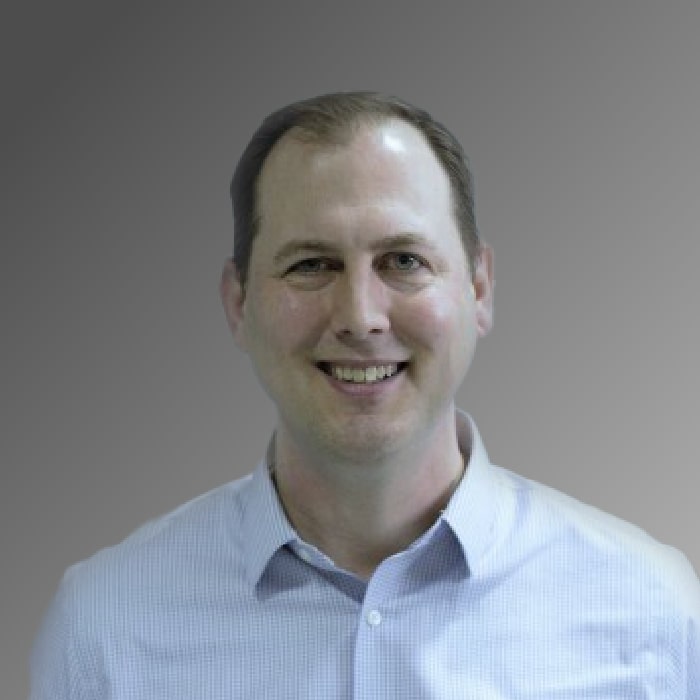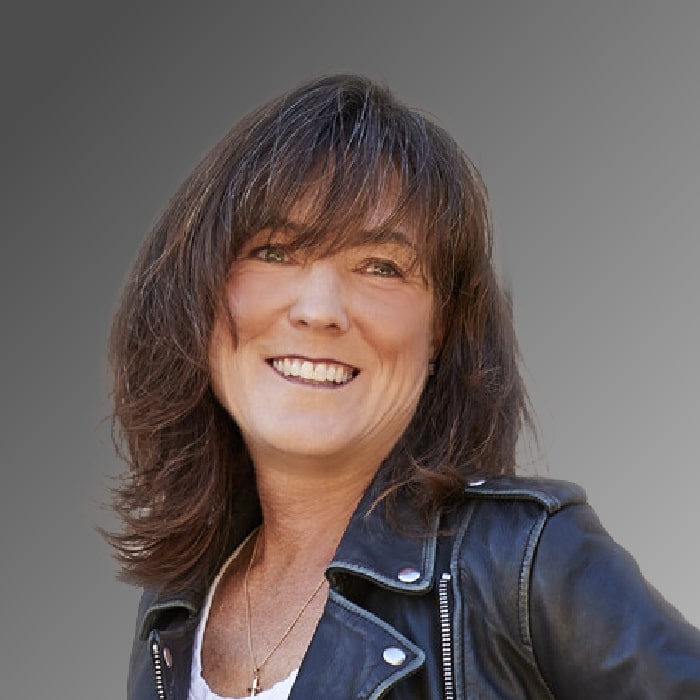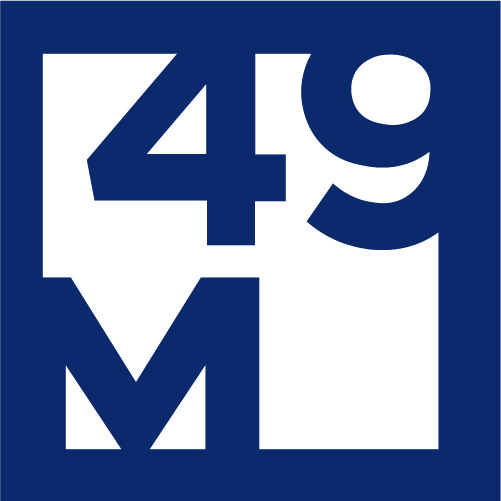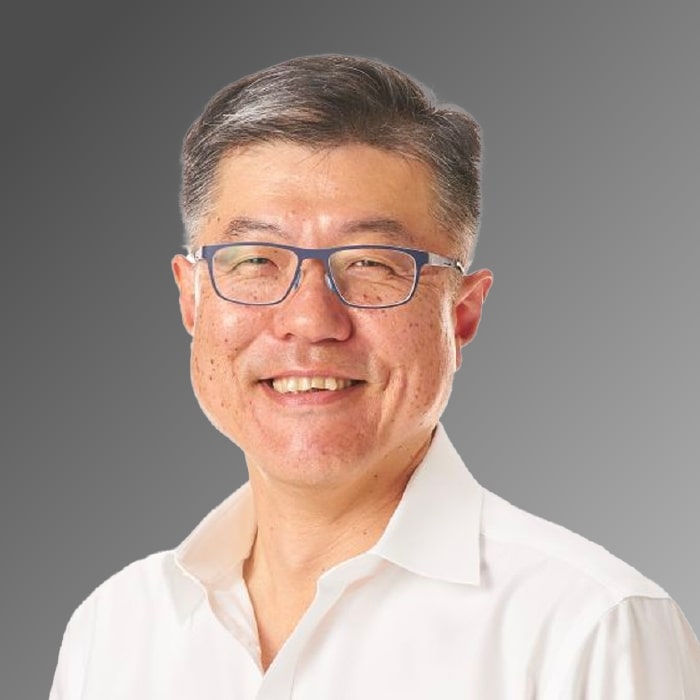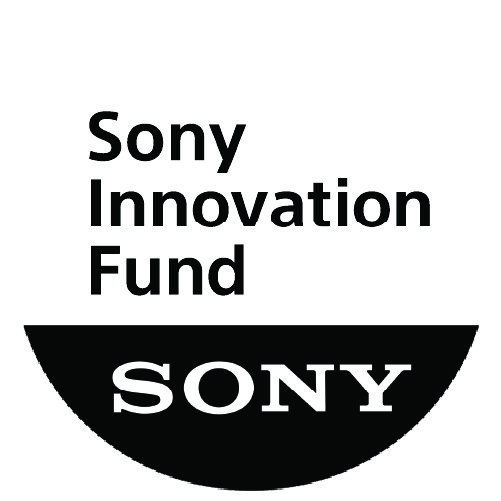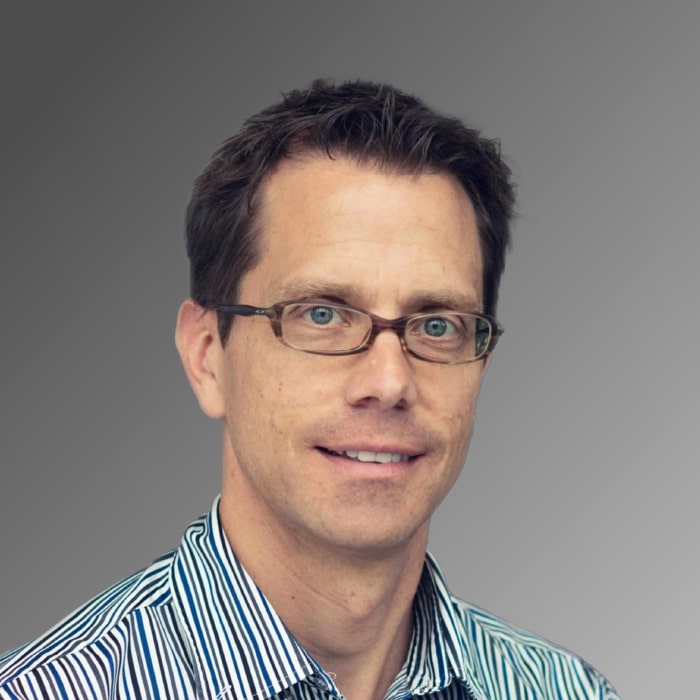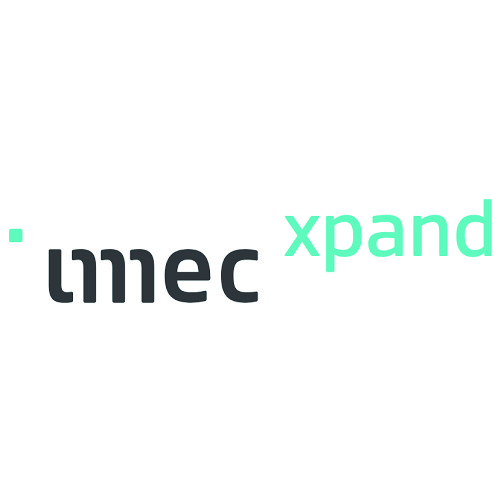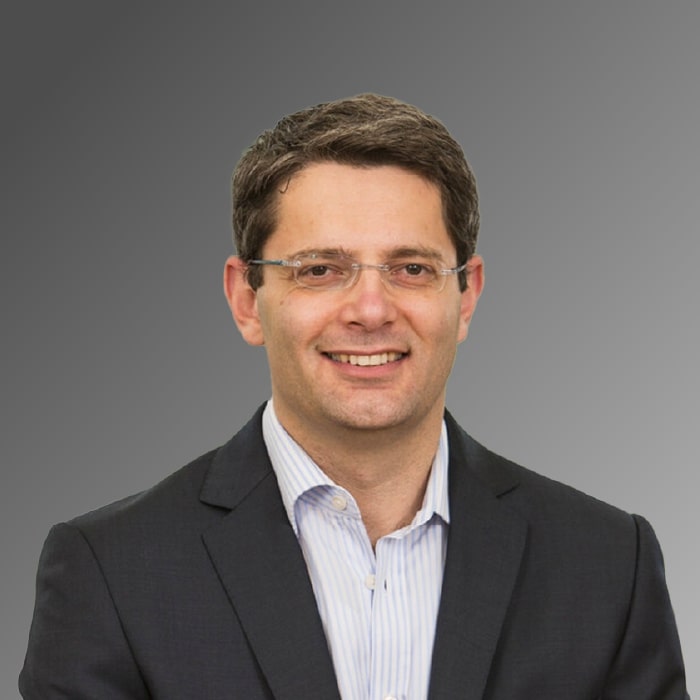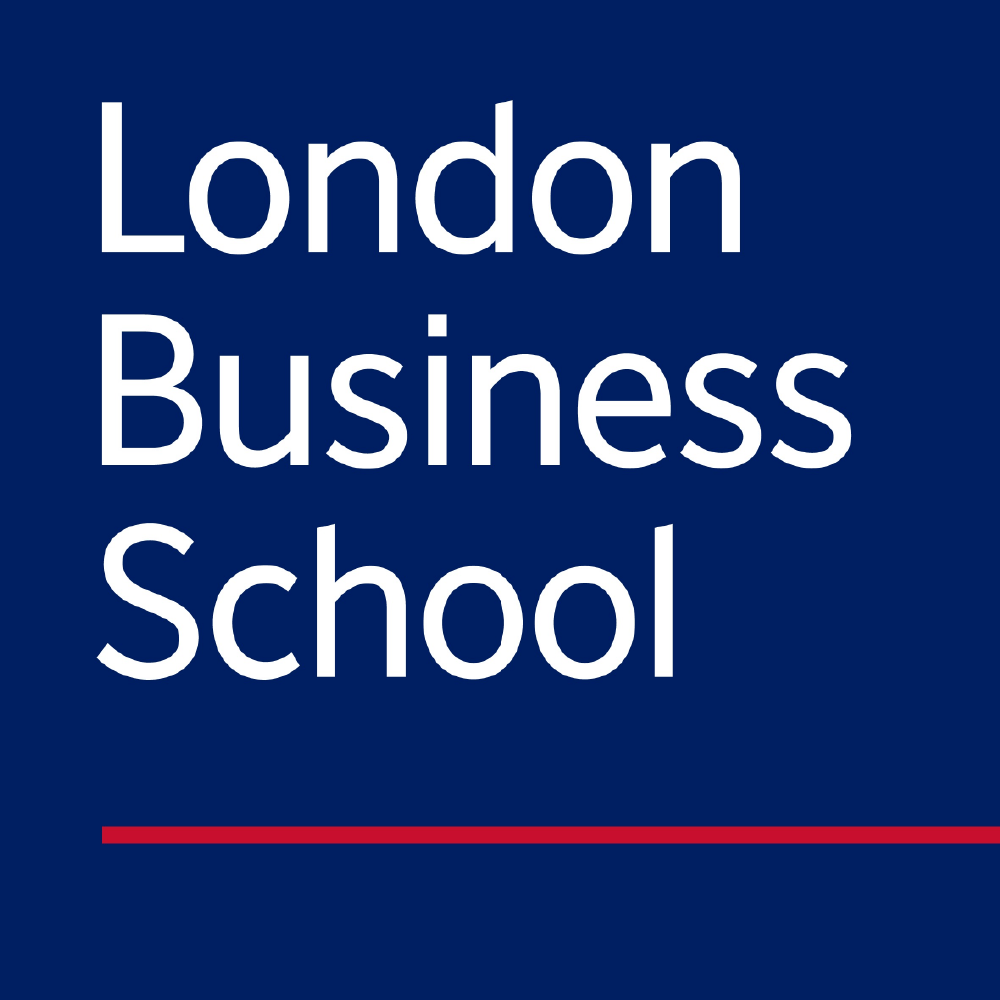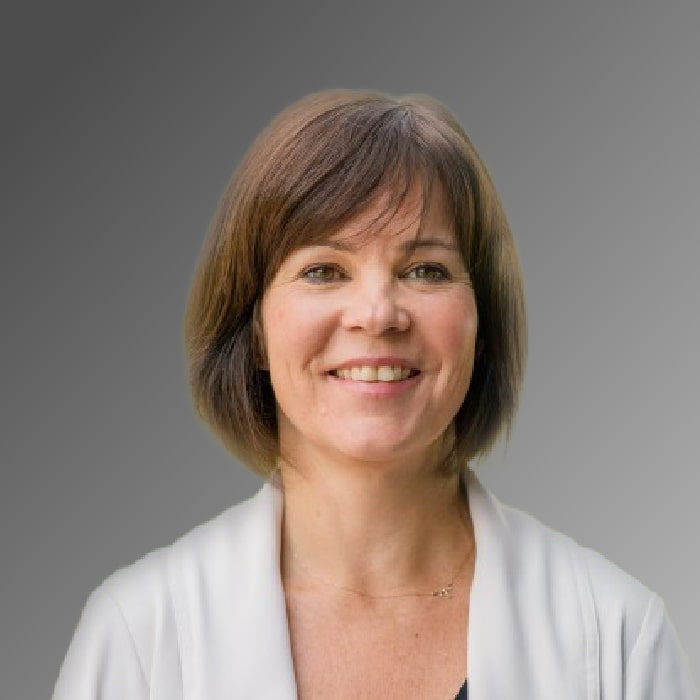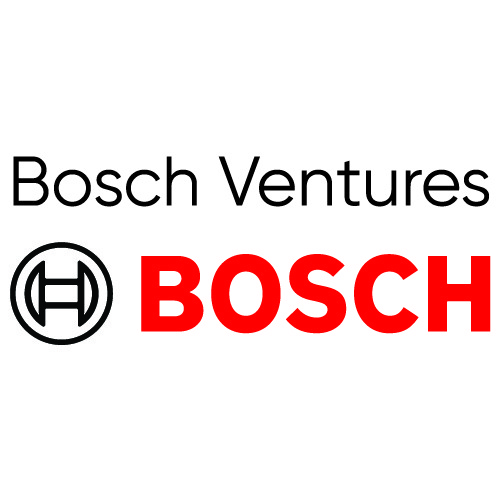Hypotherm Ventures: Measured Steps; Steady Guidance; Proven Processes
May 10, 2024
Interviewed by Nicolas Sauvage on January 4, 2021
Hypotherm’s corporate structure offered the perfect training ground for Aaron Brandt’s ascent to executive vice president for technology at Hypertherm Ventures.
“What’s always driven my passion throughout my career is that intersection of technology, business opportunity, and people and how you can build successful business models around that,” he said.
Joining TDK President and host Nicolas Sauvage on Corporate Venturing Insider, Aaron explained that after beginning his career as an R&D engineer in Hypertherm’s plasma cutting products division, he moved into division leadership and then to general management.
“Our business units are standalone companies with engineering, marketing, and operations, all co-located and working on a common customer segment,” he explained. Working for what is essentially an internal startup gives him insights into the entrepreneurial mindset.
Hypertherm’s Evolution and Foray into CVC
Aaron’s tenure at Hypertherm began when his graduate research in laser cutting at Penn State caught the firm’s attention. He was hired as a research and development engineer, where he continued his investigation into plasma cutting products and fell in love with the company and the culture that founder Dick Couch — a fellow engineer — was building.
He said his transition into the company’s CVC arm is designed to build that mission into all its business units to extend Hypertherm’s technology and business model into other areas while furthering its triple-bottom-line philosophy.
“We’ve always been very much trying to balance people, planet, and profit — setting aggressive environmental goals, strong community engagement goals,” Aaron explained. “That’s just part of being long-term capitalists. I imagine ten years from now, we’ll compete in a more energy-constrained world, so doing this not only feels good because you’re doing right for the world, but you’re also making yourself more competitive.”
As the company embarked on an ambitious horizontal integration plan, exploring new geographies and multi-technology industries, it decided that more than its heavy investment in R&D across its internal business units would be required. It was time to support and eventually profit from innovations outside Hypertherm’s facilities.
CVC from an Engineering Perspective
Aaron seeks startups with human-centric designs, novel intrinsic value, and identifiable needs for potential investments. His technology background and ongoing business education shape Hypertherm Ventures’ format, infrastructure, and ideal investment partner profile.
Emphasizing a technology-focused investment philosophy, Aaron highlights a common goal of creating innovations that enhance people’s lives. Due to the fund’s newness and the team’s limited experience, initial investments focus on domestic startups aligned with Hypertherm’s core competencies. However, global opportunities are a North American focus, streamlining due diligence until the team gains momentum.
The CVC’s creation involved defining equitable give-to-get priorities, especially for an executive team and board accustomed to market share concentration. Hypertherm Ventures aims to gain exposure to long-term possibilities by leveraging technologies outside its current business units rather than focusing on pre-acquisition activities.
While incubating startups internally is challenging, Aaron recognizes the value of supporting external efforts. He stresses the importance of backing startups committed to a single focus area, especially when developing technologies beyond Hypertherm’s internal scope.
“So, if someone is creating a capability within a new space, if someone’s bringing machine learning to industrial applications in a way that’s going to really benefit our products, we want our businesses partnered with them,” Aaron concluded.
Getting to “Yes”
Aaron described Hypertherm Ventures’ two-stage vetting process for potential investment partners. Initially, the team evaluated each company’s position on the Hypertherm space map, acknowledging the past mistake of excluding the investment committee from this phase, as it led to lingering questions. The committee actively participates in the selection process rather than merely voting on a final proposal.
Monthly updates are provided to the investment committee, covering the portfolio composition, key insights, and profiles of potential front runners. Keeping the committee apprised of the situation ensures the committee has time to review and ask questions before swift decisions occur during significant funding rounds.
The small investment committee, comprising Aaron, the CEO, CFO, head of corporate development, and head of people/community/environment, maintains a balanced perspective across business, finance, and mission considerations.
The venture team further updates the board on governance, pipeline progress, critical investments, and overall portfolio trajectory. The board holds the team accountable for financials and total value. Clear value expectations from portfolio companies are established upfront, with progress demonstrated over time. These criteria are crucial for Hypertherm Ventures, as showcasing incremental value is essential for ongoing support and a “license to operate,” especially given the typical seven-year timeline for positive financial returns in new VCs compared to the shorter corporate fund lifespans of 4 to 5 years.
Aaron emphasizes seeking consensus in investment decisions, clarifying that it doesn’t mean universal agreement. Instead, consensus involves hearing and internalizing all views before making a decision. He stresses the importance of being open to information and developing a rationale that can withstand rigorous questioning.
According to Aaron, disagreement signals an approaching consensus, highlighting potential obstacles and the need for delivering proofs of concept.
Off to a Strong Start
In a way, Hypertherm Ventures is a startup like the companies it invests in. Many of the same lessons apply, Aaron said. Just as his team finds it gratifying to introduce entrepreneurs to “what it takes to build a team and strong business leadership around robust technology and passion, entirely focused and dedicated, he also has integrated many people who have joined the company since it began operations.
“That founder’s journey, that startup journey, the excitement, the hard work, the blood, sweat, and tears required to do that, that’s a huge exposure,” he said. “That’s brought the mapping of the additive manufacturing space, not only on the great work they’re doing and why that can be a winning formula but also to everything that everyone else in the ecosystem is doing.”
He said he does not doubt that Hypertherm Ventures will continue to generate “a different level of intelligence and comfort” in diverse business areas. “There are a lot more synergies here and opportunity that there is risk and threat of disruption.”
He advised other companies exploring a CVC initiative to evaluate their partners, ask tons of questions, and make as many connections as possible. Due to its high risk, the venture capital community is open to communication and collaboration, Aaron said. Help is available. Learn all you can “before you consider even talking to a startup about a term sheet. It’s worth taking that extra time and, and, and, and giving yourself room to learn before you try and dive in.”

 Start small, prioritize mastering best practices, and gradually scale; success often comes from taking deliberate steps.
Start small, prioritize mastering best practices, and gradually scale; success often comes from taking deliberate steps. 